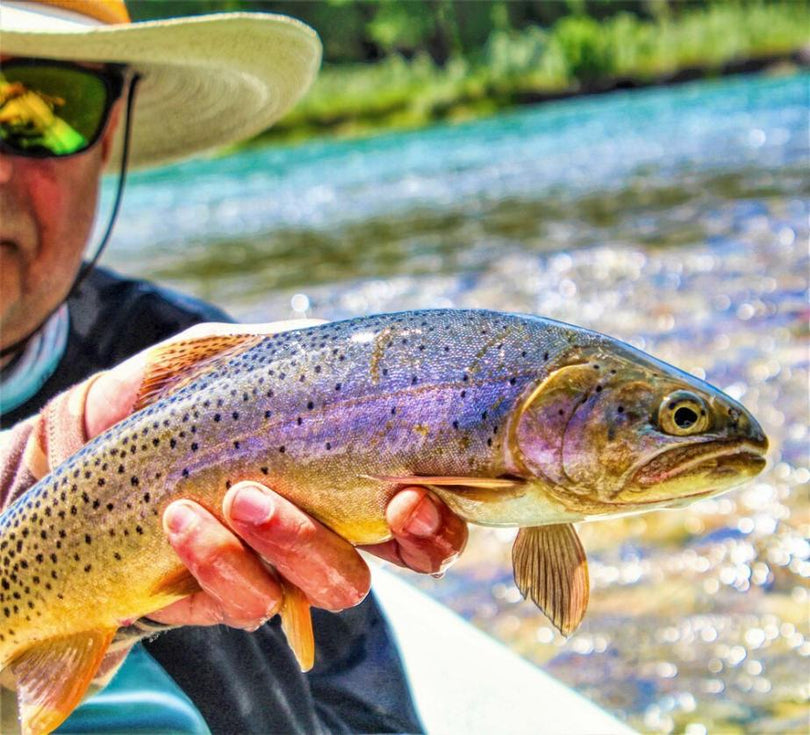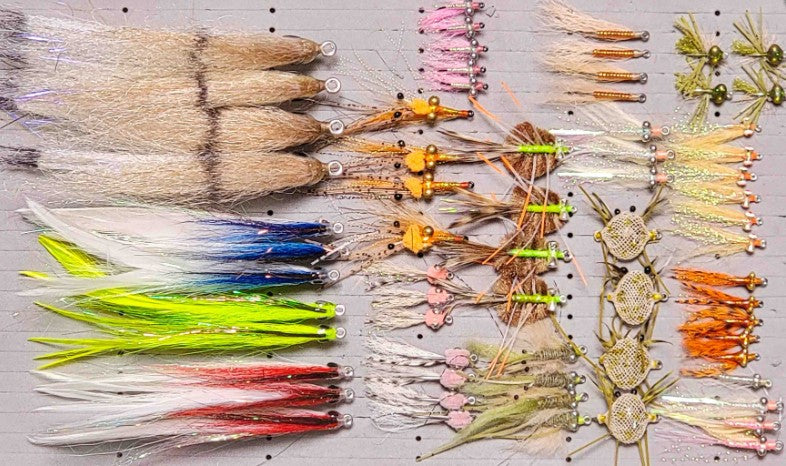Welded loops can be trusted, but anglers should regularly inspect them for any signs of wear or damage. If a loop starts to fray or show significant wear, it should be replaced to avoid the risk of losing a fish due to equipment failure. The reliability of welded loops can depend on the quality of the fly line itself, so choosing a reputable brand can make a difference. Welded loops on fly lines are a great alternative to traditional nail knots. They are generally trustworthy when made correctly. Below are some of the key advantages of welded loops:
Ease of Use: Welded loops are much easier and quicker to attach when compared to tying a nail knot. This convenience is particularly beneficial for anglers who frequently change their leaders or switch between different types of lines.
Smoothness: Welded loops provide a smoother connection between the fly line and the leader. This feature results in fewer snags and less friction as the line passes through the rod guides, making casting a lot easier. Because the loop is sealed, it won't allow water to wick up the core of the fly line as a traditional nail knot will. If you've ever wondered why your nail knotted line starts to sink after a few hours of fishing, it is likely wicking water up the core of the line.
Strength and Durability: Welded loops are very strong when made properly and can last as long as the fly line itself. They are less likely to fail under normal fishing conditions compared to knots, which can weaken the line if not tied correctly. They are not suggested for large gamefish like Giant Trevally, Tarpon, Billfish or Tuna, as I have seen failures.
Aesthetics: Welded loops often look neater and more professional than a nail knot. While this doesn't impact performance, it's a factor some anglers appreciate.
No Special Tools Required: Unlike a nail knot, which often requires a special tool or object to tie, welded loops don't require any additional tools.
Consistency: Since welded loops are part of the manufacturing process of the fly line, they tend to have a consistent quality and strength, whereas the strength of a nail knot can vary depending on how well it's tied.
Kevin Bell
Bob Marriott's Flyfishing Store





